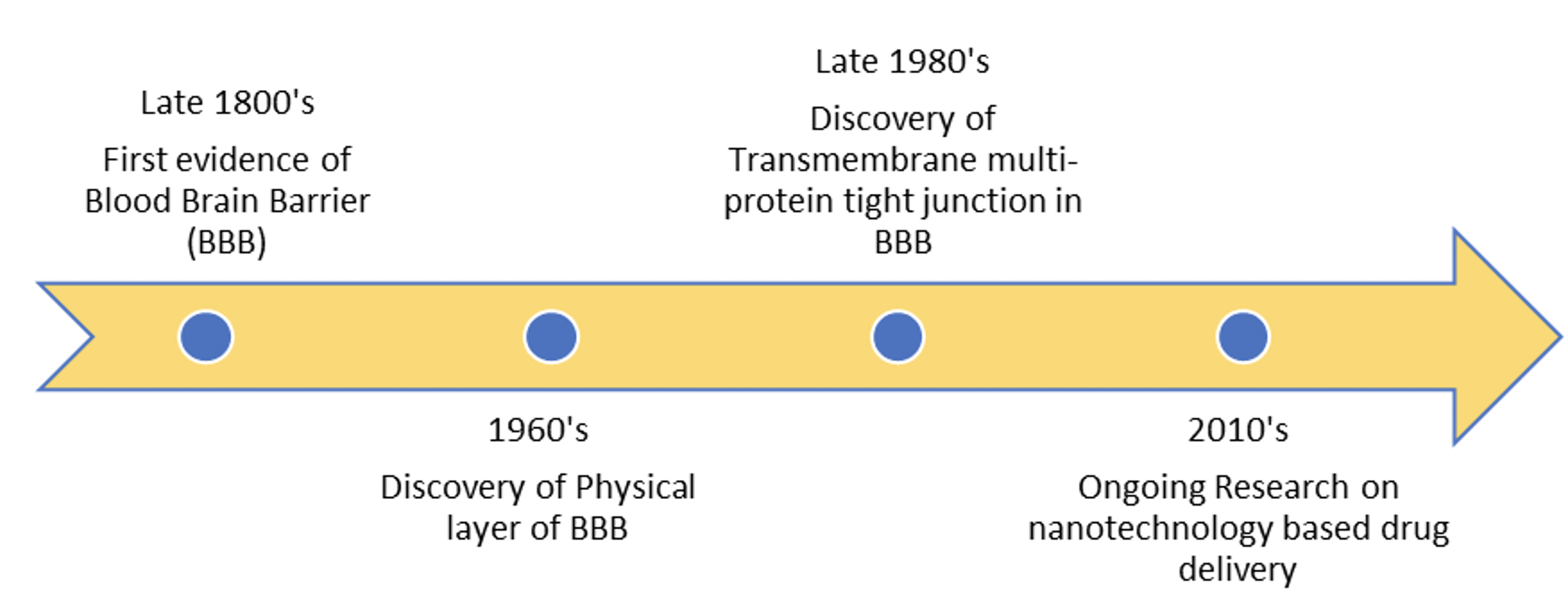Place your votes: BNA Council & Committee elections
22nd July 2024
28th Feb 2022

 Brain Insights is the dedicated student section published in the British Neuroscience Association (BNA) Bulletin. It represents the voice of the BNA student: written by students for students.
Brain Insights is the dedicated student section published in the British Neuroscience Association (BNA) Bulletin. It represents the voice of the BNA student: written by students for students.
In this student article, Vignesh A Kasiviswanathan, 3rd Year Biotechnology Engineering Student, JSS Science and Technology University, Mysore, India, (right), explores the current challenges and future prospects of drug delivery across blood brain barriers.
Writing for Brain Insights is now a members-only benefit. If you're not already a member you can join here from just £1 a month.
A major obstacle in drug delivery to the brain is the blood-brain barrier (BBB), a highly selective and semi-permeable network of endothelial cells (1,2) and blood vessels which act together to prevent the non-selective crossing of solutes from the blood extracellular fluid (1) in the central nervous system (CNS).
In the late 1800s, when the German physician Paul Ehrlich injected a cerulean-S dye into the bloodstream of a mouse, he observed that the dye infiltrated all tissues except the brain and spinal cord. This was the first evidence of the BBB, but it was not until the 1960s that researchers were able to use powerful electron microscopes to determine the physical layer (1) of the blood–brain barrier and thereby identified it as a potential challenge to drug delivery (2).
Figure 1. Timeline of highlights in blood brain barrier (BBB) research

Various important molecules such as ions, solutes have to reach the CNS pass through the BBB via paracellular or transcellular pathways by alteration of the BBB’s permeability (1,2). This is influenced by various factors such as molecular weight (MW) (1,2) and size, charge, lipid solubility, surface activity, etc under healthy conditions. However, BBB permeability is altered in diseased states and can even lead to BBB degradation (1). Contemporary drug development targeting the CNS is taking this into account, aiming to induce controlled BBB penetration (1,2) and to avoid permanent structural damage. Hence this is a prominent area of research in neuroscience.
Several innovative drug delivery methods and techniques have been developed and are being tested for controlled penetration of this barrier. Initially, it was identified that only small lipid soluble molecules could cross the BBB while 95% of macromolecule drugs such as brain derived neurotrophic factor (BDNF) (1) were blocked. Thus, two types of drug delivery techniques have been developed, non-invasive and invasive types (1,2). Some of the early non-invasive techniques developed included enhancing the lipid solubility (3) of (highly) water soluble molecules and use of carrier systems such as endogenous amino acids attached to therapeutic drug molecules (4). Subsequently other techniques such as using BBB permeability enhancers (1) (temporarily for drug passage), Trojan horse (5) approaches (drugs attached to ligands, antibodies), pro-drug bioconversion strategies (6) (converting inactive drug to active form at target site), intranasal (7) drug delivery to brain bypassing BBB have also been developed. However, a major disadvantage of these techniques is that only low rate of highly potent (1) drug molecules could be transported across the BBB.
To overcome these limitations, ongoing research is exploring the utility of non-invasive drug delivery systems based on nanotechnology (8). This approach utilises encapsulation of drug within lipid or polymer-based nanoparticles (NPs) assuring controlled release and protection from biotransformation. For example, engineered poly-lactide-co-glycolide (PLGA) (8) glyco-heptapetide-conjugated nanoparticles (g7 NPs) (8) have had great success crossing BBB and reaching the CNS through intra peritoneal, nasal or oral routes and have tremendous potential for acting as drug delivery systems. Similarly, drug delivery systems utilising ultrasound (9) penetration of BBB and monoclonal antibody (5) fusion proteins are also being researched and are good prospects for the future.
The invasive drug delivery techniques being researched and developed include the transient disruption of BBB (via the breakdown of tight junctions), however, techniques such as this are not always well tolerated by the patient and can cause the loss of BBB integrity (2).
In short, the process of drug delivery to the CNS is still an extremely complicated process and there is no single solution to this multifaceted problem. However collective research collaborations are being carried out globally to overcome the challenges posed by the BBB’s permeability in diseased states, to effectively treat brain disorders.
References
1. Dong X. Current strategies for brain drug delivery. Theranostics. 2018;8(6):1481.
Brain Insights welcomes contributions from our undergraduate and postgraduate students, Career Starter and early ECR members who are interested in writing.
To express an interest in writing an article, please contact one of our editors below:
Writing for Brain Insights is now a members' only benefit. If you're not already a member you can join here.
Student membership starts from only £1 a month, with members receiving a whole host of additional benefits, including reduced registration to events, access to prizes and bursaries, a printed copy of BNA Bulletin and free membership of Federation of European Neuroscience Societies (FENS).